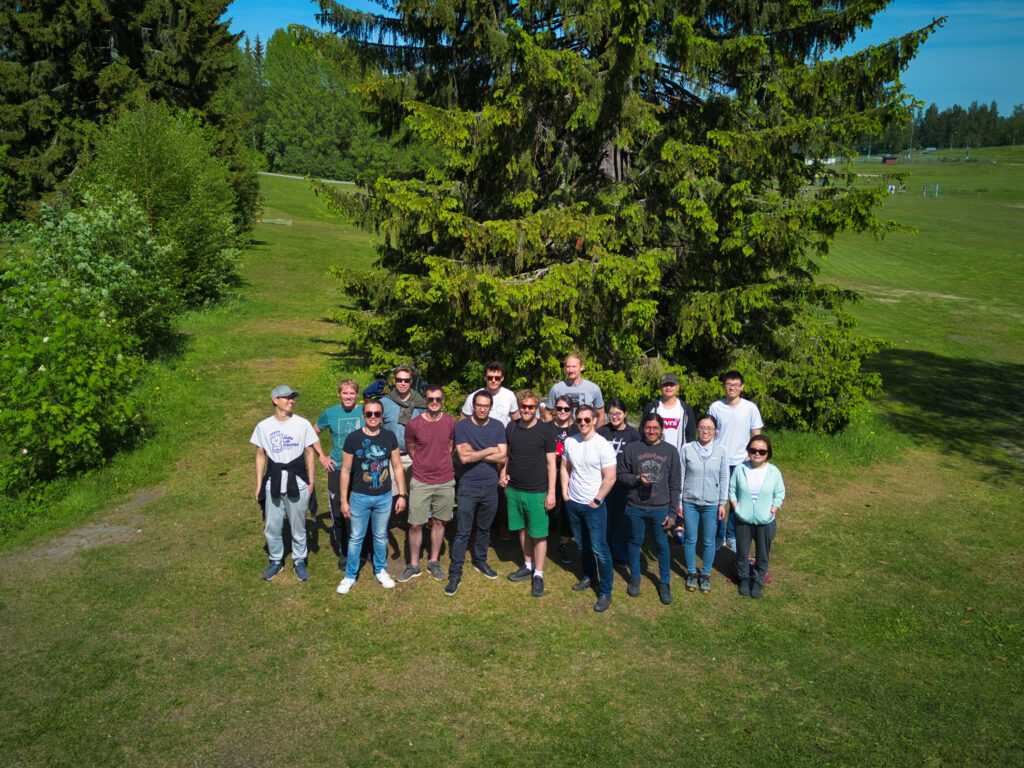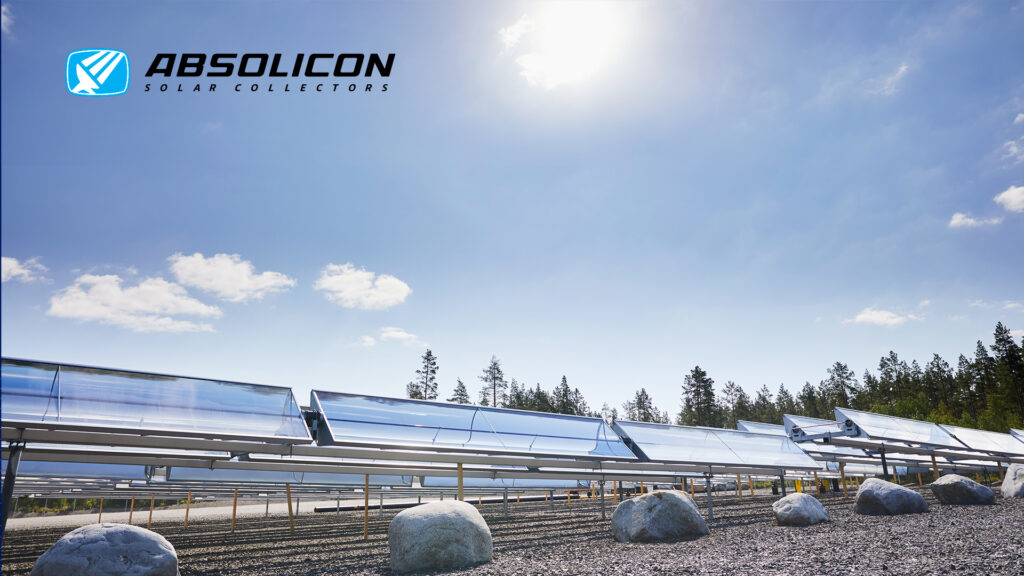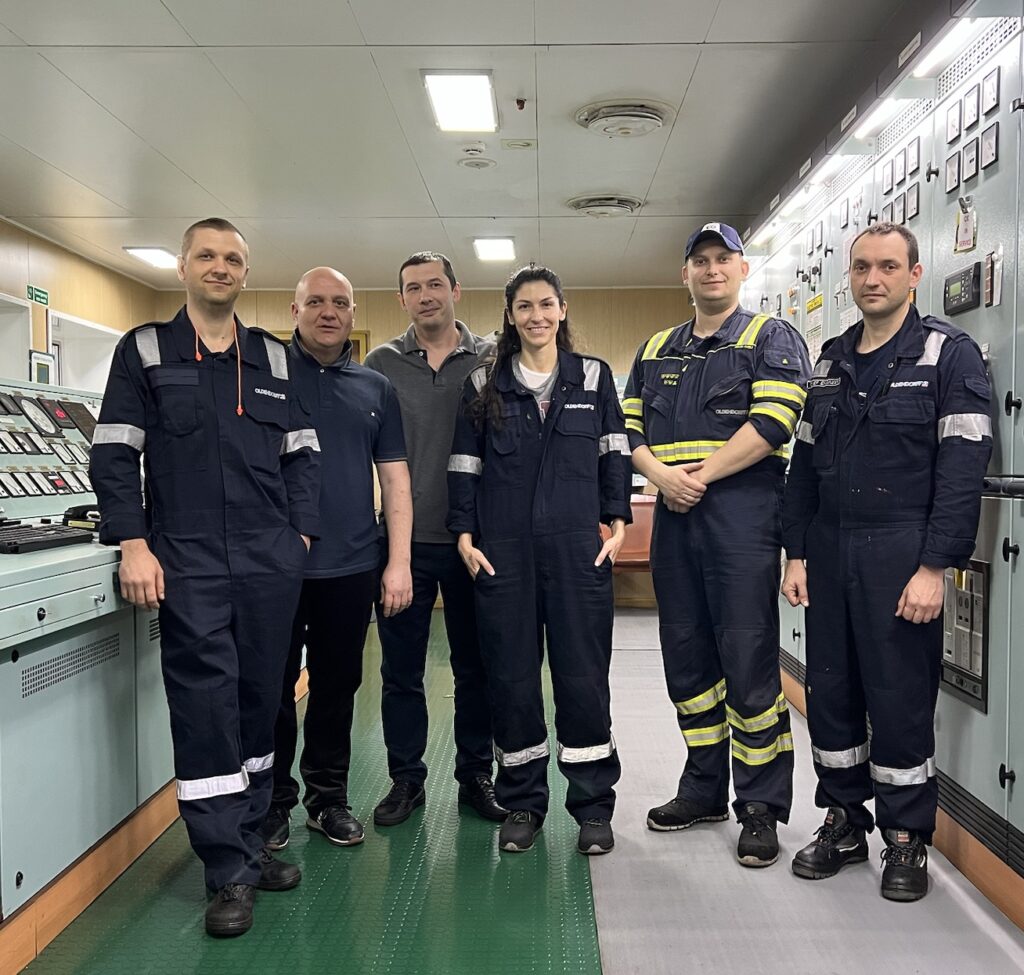Researchers at the Department of Physics at Umeå University, in close collaboration with solar‐collector specialist Absolicon, have pioneered a suite of next‐generation coatings; ranging from hexagonally porous, silica‐based anti‐reflective films to sustainable, electroplated Co–Cr receivers and CNT–silica composites, that together raise the bar for cost, durability, and optical performance in solar thermal collectors. In our earlier coverage, we examined how tailoring pore architecture and refractive index can maximise solar-weighted transmittance, and how deep-eutectic‐solvent–assisted electrodeposition of trivalent chromium textures achieves tunable absorption–emittance balance.
Now, we sat down with Dr. Erik Zäll (Administrator, Department of Physics, Umeå University) to delve into his experimental design choices, the surprises he encountered in scaling from 5×5 cm lab samples to large‐area prototypes, and the broader implications for bringing these coatings into commercial collector lines.
You can find more details in Umeå University’s official press release. You can view the thesis and the work done by Erik Zäll here:
https://umu.diva-portal.org/smash/record.jsf?pid=diva2%3A1954579&dswid=-1558
Follow the authors here:
- Erik Zäll | Linkedin
- Jonas Segervald | Linkedin
- Stefan Karlsson | Linkedin
- Mikael Järn | Linkedin
- Ludvig Edman | Linkedin
- Thomas Wågberg | Linkedin

The following interview is presented unedited to preserve his original responses and offer an unfiltered view of how fundamental nanomaterials research is being engineered into industrially viable, interference-tuned solar selective surfaces.
Acknowledgment from Erik Zäll: I would like to express my sincere gratitude towards my PI Professor Thomas Wågberg at Umeå University and the people at Absolicon Solar Collector for enabling my PhD projects and for supporting my throughout the entire process.
How did your background in experimental physics shape your decision to focus on both anti-reflective glass coatings and advanced receiver surfaces in your thesis on solar thermal collectors?
My research is conducted in close collaboration with a solar collector company called Absolicon, meaning that the focus is based on several aspects. For one, these are the components where Absolicon have identified the biggest room for improvement in terms of cost, durability and performance.

In addition, we early identified viable ways to improve upon existing coatings by leveraging our knowledge of nanomaterial synthesis and light-matter interaction, which would simultaneously result in academically interesting research.
In developing the silica-based, hexagonally porous anti-reflective coating, what pore dimensions and film thicknesses did you find best balanced maximum light transmission with enhanced scratch, dirt, and moisture resistance?
The hypothesis of the project, which was later confirmed, was that the closed surface (no open pores towards the atmosphere) of a hexagonally ordered pore structure would increase the durability and cleanability of the coating, leading to increased performance over time. However, this meant that the porosity was fixed at approximately 45%, leading to a refractive index around 1.27, with pores in the size of 10-20 nm, which avoid scattering by being much smaller than the wavelengths of interest. With that refractive index, the ideal thickness for maximized solar weighted transmittance is 110-130 nm. The coatings produced were at the lower end of that interval.
For the electroplated cobalt-chromium receiver coating, why did you select that particular, more sustainable chromium source, and how does its surface architecture boost solar absorption while minimising environmental impact?
We replaced the traditionally used hexavalent Cr with trivalent Cr, and facilitated the electrodeposition with a deep eutectic solvent because it significantly increases the sustainability of the process. The resulting textured Co-Cr coating utilizes the fact that wavelengths short enough to penetrate the surface structures are absorbed through multiple reflections, while longer wavelengths perceive the surface as smooth and reflecting, reducing the thermal emittance. This relation means that the optical response of the surface is highly tunable by adjusting the size of the surface structures. Enabling us to achieve a highly competitive solar selective surface.
Your composite carbon-nanotube/silica film requires ultrasonic spray deposition onto annealed stainless steel; how does the steel’s oxide layer, formed during thermal treatment, synergise with the CNT network to improve both optical performance and thermal stability?
The thermal treatment forms an approximately 35–40 nm thick oxide film on the stainless steel substrate, which generates a high absorptance around 600 nm through destructive interference effects. In addition, the oxidized surface is more thermally stable than the untreated steel as it prohibits the diffusion of elements between the substrate and coating. The CNTs provide broadband absorption centered around the π-plasmon excitation peak at 255 nm, which combined with the oxide undercoating generates high absorptance over the entire solar spectrum. The silica matrix encapsulating the CNTs enhances thermal and mechanical stability, while also facilitating interference effects in the CNT composite layer, forming a highly scalable and cheap solar selective surface together with the oxide film.
Working closely with Absolicon Solar Collector, how did you adapt your lab-scale coating recipes and processes to fit their commercial collector designs and manufacturing constraints?
We deliberately choose highly scalable and cheap methods to increase cost competitiveness when scaled up to industrial production. In addition, the optical properties of the silica coating are adapted for solar thermal applications, while the balance between solar weighted absorptance and thermal emittance of the solar selective coatings is adjusted based on the design of Absolicon’s collectors. These collectors are small parabolic troughs with working temperatures between 100-200°C meaning that absorptance should be prioritized over emittance.
What were the key hurdles in scaling your coatings from proof-of-concept to low-cost, large-area production, and how did you address issues like uniformity and reproducibility?
The biggest hurdles are maintaining uniformity over large surfaces and reproducibility over time. Utilizing aerosol and spray based deposition techniques enables this if deposition parameters like deposition rate, substrate temperature, pre-treatment etc. are correctly adjusted. For electrodeposition, electrode geometries and surface conditions, as well as maintaining suitable bath conditions, determined using design of experiment, are essential. Note however that all my samples are relatively small (5×5 cm), and moving from this to industrial scale with maintained optical properties will pose challenges and further development.
Looking ahead beyond your thesis defense, what field-testing or long-duration durability studies do you plan to undertake to validate these coatings in real solar thermal installations?
We are exploring the possibility of conducting scale up projects, moving from lab scale to full size prototype components suitable for field tests in full scale installations. This would allow us to develop the deposition processes to industrial scale production as well as validating the optical properties and resulting performance of the solar collectors utilizing these components, both in pristine conditions and over time.

Hassan graduated with a Master’s degree in Chemical Engineering from the University of Chester (UK). He currently works as a design engineering consultant for one of the largest engineering firms in the world along with being an associate member of the Institute of Chemical Engineers (IChemE).



